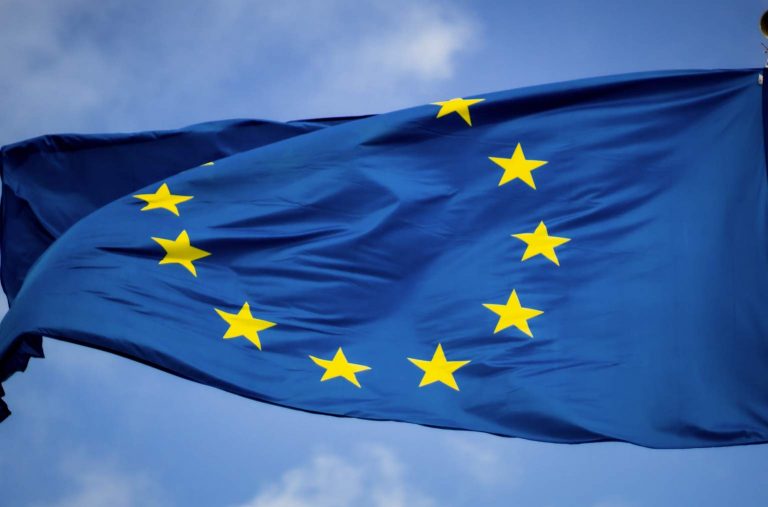
Morning Brief – Inflation – good, bad and ugly rolled into one
Inflation – good, bad and ugly rolled into one
As an avid reader of the market insight that we publish daily to your many multimedia devices, you will likely have recognised a shift in the way we have been talking about inflation. In days gone by, you would have seen Humphrey, me, and your contact points on our desk at times refer to above-target and strong inflation as a justification for why a currency has appreciated. In normal times, a currency can exhibit a strong positive correction with the relative rate of inflation within its economy versus the rest of the globe. However, this applies in normal economic times, and stable economic conditions. Make no mistake that today’s global economy and particularly in the case of the UK, this is no normal time.
The logic goes that higher rates of inflation are likely to encourage the central bank to pursue tighter monetary policy. Higher rates of inflation and consequently interest in normal times also imply that the economy in question is at a healthy if not advanced point of its business cycle, the point at which typically its currency can outperform in the short run. Higher yields and strong growth (particularly if driven by the current account of exports minus imports) and hey presto markets will continue to bid your currency higher. However, that relationship breaks down when inflation reaches an uncomfortable and persistently above-target level.
Take the classic case of Venezuela often cited as the textbook example of what runaway inflation can do to an economy and a currency. Whilst this is an extreme example to compare to the current state of the global or UK economy, the logic follows that when the level of inflation affects the credibility or confidence in the stability in the domestic value of that currency, the demand to hold it falls. In the case of Venezuela, catastrophically, in the case of GBP, significantly.
It follows therefore that when the inflation rate was read yesterday in the UK at 9% year-on-year for April 2022, versus 2021, GBP struggled to find traction. Whilst that 9% figure was fractionally below forecasts it still drew focus on the state of UK inflation. The debate that resulted from that attention was that whatever the Bank of England does it will struggle to control inflation and unless it abandons that pursuit (something it does not hold a mandate to do) it will fail to sustain and encourage competitive rates of growth. Inflation by virtue of the promise of higher nominal rates of interest in normal times can and should benefit a currency. However, over the coming months we may well find that we enter a paradoxical trading environment where bad news is more often than not good news for a currency’s value.
Discussion and Analysis by Charles Porter

Click Here to Subscribe to the SGM-FX Newsletter
Related Insights

Daily Brief – Poland
Poland June 2025 will go down as a milestone for the energy sector in Poland as it was the first month that renewable energy overtook fossil fuels as a proportion of Poland’s total energy requirements. Poland is one of the highest emitting countries only behind China, Kuwait, South Africa, and Kazakhstan and despite coal consumption […]

Daily Brief – Sterling
Sterling No sooner had the financial press written that Sterling was on the skids due to the Chancellor being on the way out, than PM Starmer woke up to the need for some TLC for his beleaguered Chancellor and executed a handbrake turn to administer some gruesome bedside cheer to the apparently on life support […]

Daily Brief – EU Inflation
EU Inflation With the ECB annual symposium meeting in sunny Sintra, Portugal, inflation is very much on President Lagarde’s mind ; that is because it is showing signs of rising with the monthly inflation rate showing an increase of 0.3% and that presages a break above the target 2% rate just as she and her colleagues […]



 Humphrey Percy
Humphrey Percy